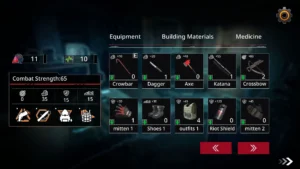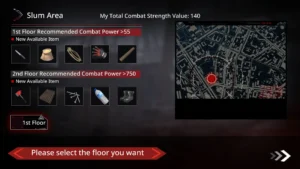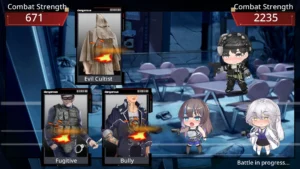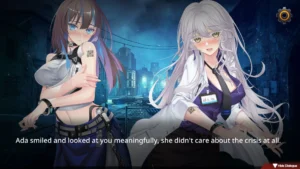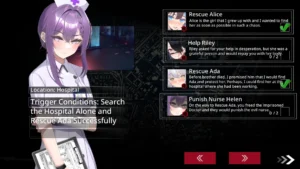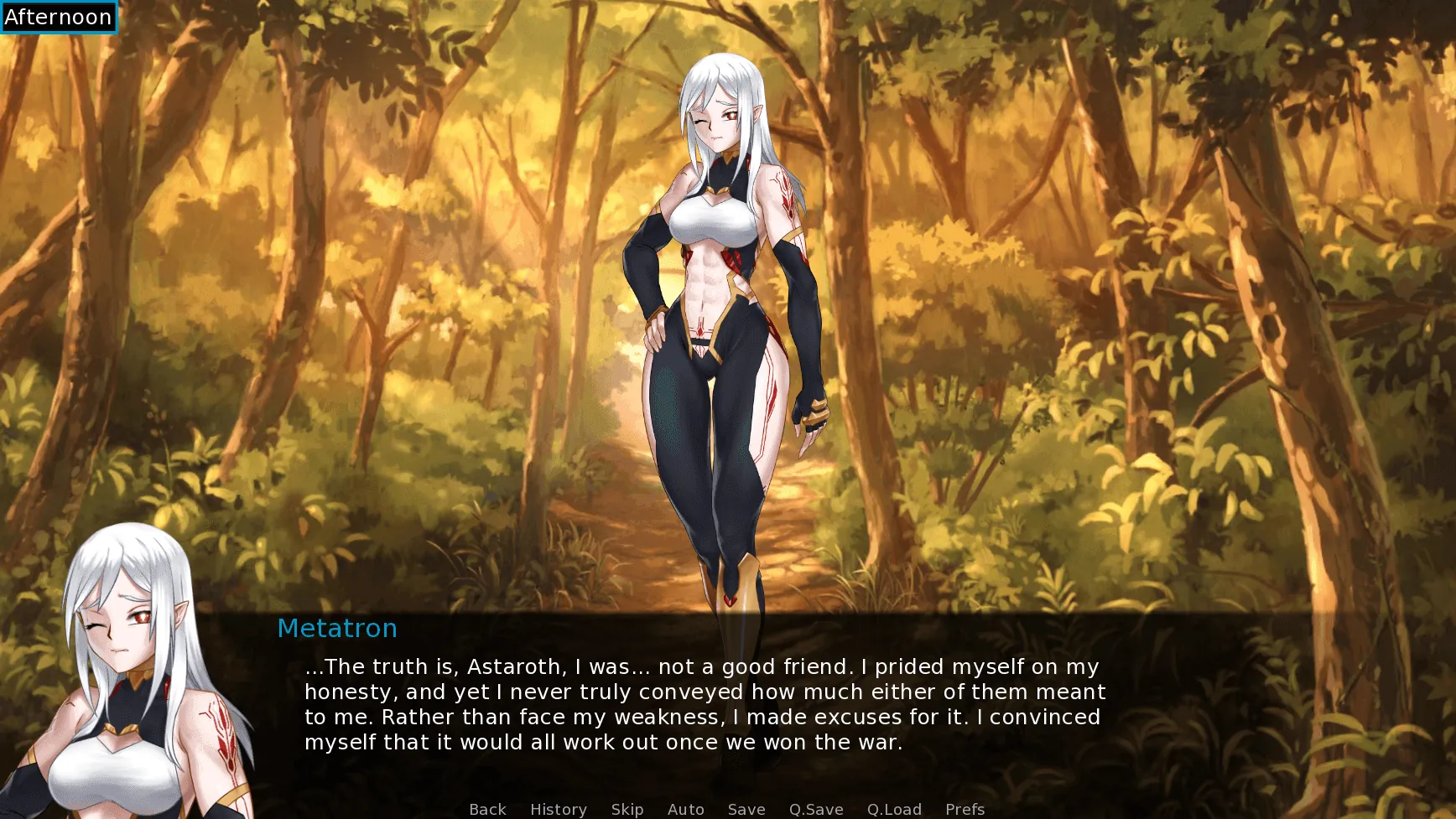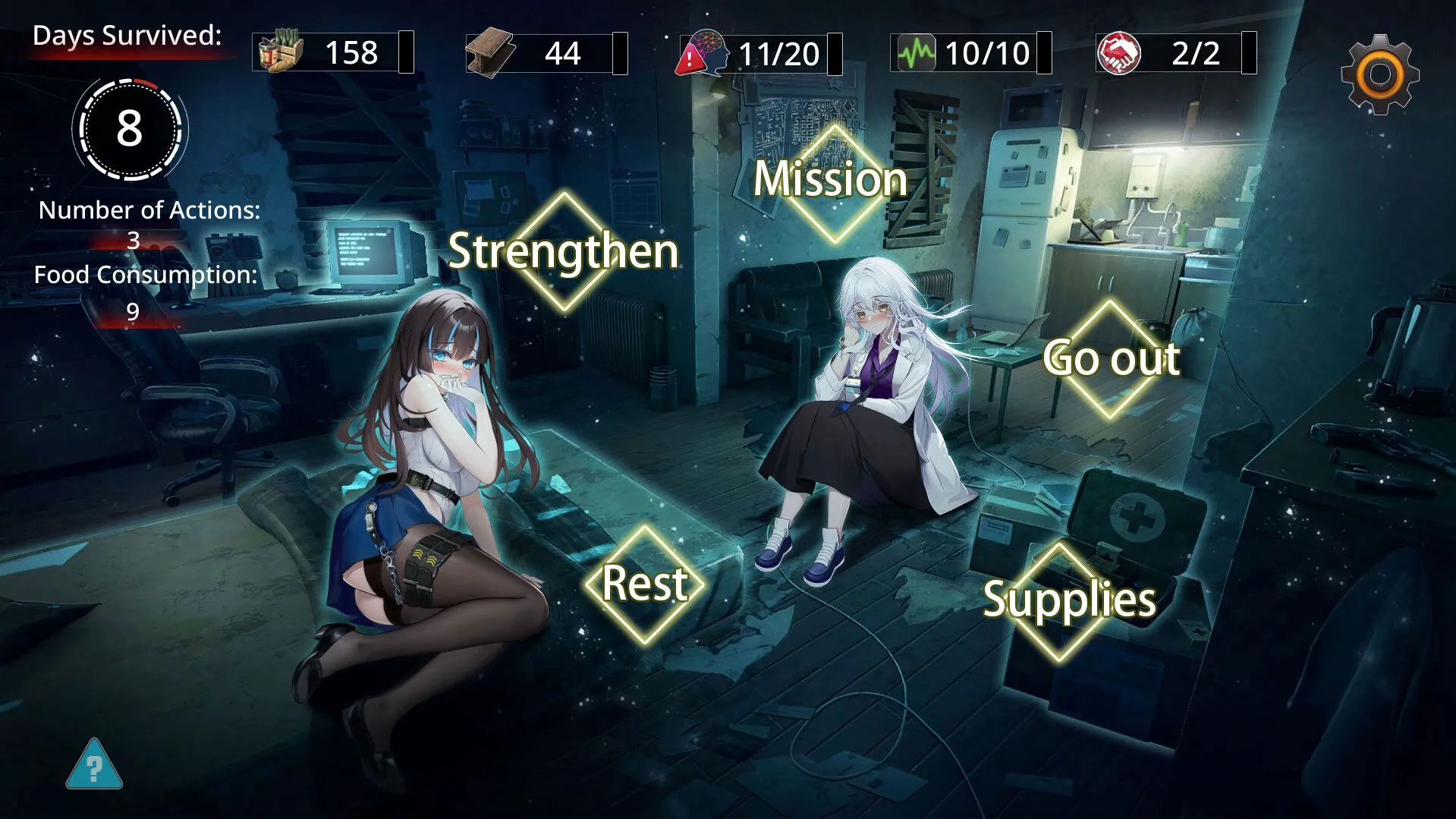
Fatal Countdown – immoral List of Desires review
Explore the immersive survival simulation and story-driven gameplay of Fatal Countdown – immoral List of Desires
Fatal Countdown – immoral List of Desires is a survival simulation game developed by Secret Garden and published by Playmeow. Released in April 2024, this anime-styled game plunges players into a post-apocalyptic city where order has collapsed due to a mysterious virus and sudden artillery fire. Combining psychological horror with tactical gameplay, it challenges players to navigate a dangerous environment while uncovering dark human desires. This article offers a comprehensive look at the game’s story, mechanics, and unique features to help players fully experience its immersive world.
Understanding the Story and Setting of Fatal Countdown – immoral List of Desires
What is the premise of Fatal Countdown – immoral List of Desires?
Picture this: you wake up in a hospital bed, IV drips dangling like dead vines, with news reports blaring about a mysterious virus nicknamed “Crimson Tears.” 🩸⚗️ Within days, society crumbles—streets overflow with riots, hospitals become morgues, and the city transforms into a quarantine zone patrolled by desperate soldiers. That’s the gut-punch opening of Fatal Countdown – immoral List of Desires plot. The core twist? The virus amplifies people’s darkest urges, forcing survivors to confront their own “immoral list of desires”—secret cravings for power, revenge, or even twisted affection.
I remember my first playthrough: scavenging an abandoned pharmacy while hearing distant screams, my character’s pulse thudding in the headphones. 😨🎧 That’s the psychological horror in games at its finest—it’s not about jump scares, but the dread of realizing you might make monstrous choices to survive. The Fatal Countdown story brilliantly weaves this into gameplay; your decisions directly feed (or starve) your character’s corrupt impulses. For example, stealing medicine from a dying child might satisfy a “greed” desire but shred your humanity.
💡 Pro tip: Keep a journal of your in-game choices. Seeing your moral decay on paper adds layers to the game story immersion —it’s hauntingly personal.
How does the post-apocalyptic setting influence gameplay?
This isn’t your typical zombie wasteland. The post-apocalyptic game setting here is a decaying metropolis where skyscrapers loom like gravestones, and toxic rain eats through concrete. ☔🏙️ Every alley hides environmental storytelling: blood-smeared diaries, emergency broadcasts cutting to static, and mutated flora that glows ominously at night. These details aren’t just set dressing—they’re survival tools. A graffiti symbol might warn of infected hives, while a collapsed subway tunnel becomes a smuggling route.
The setting directly shapes your struggle:
– Resource scarcity forces brutal trade-offs (e.g., burn medical supplies for warmth or save them).
– Dynamic hazards like acid storms degrade gear, pushing you into risky loot runs.
– Faction territories create tense alliances—help a militia group, and they might betray you later.
In my hardest playthrough, I got trapped in a flooded shopping mall with dwindling ammo. The creaking floors and distant whispers made me feel the isolation—that’s psychological horror in games leveraging environment over gore. 🛑🎮 This post-apocalyptic game setting doesn’t just challenge your tactics; it preys on your nerves, making every shadow a potential trigger for your character’s spiraling desires.
Who are the main characters and what drives their desires?
The characters in Fatal Countdown aren’t heroes—they’re broken people wrestling with inner demons ignited by the virus. Take Maya Vance, a former surgeon whose “immoral desire” is to resurrect her dead daughter at any cost. 😢💉 Her quest for forbidden biotech drives her to sabotage allies, turning healing skills into weapons. Then there’s Kai Rostova, an ex-con whose lust for control manifests in manipulating survivor camps like chess pieces. ♟️🔥
These flaws aren’t just backstory; they’re gameplay mechanics. Ignite Kai’s desire for dominance, and you unlock intimidation perks—but overuse it, and he’ll execute NPCs without your input. That’s where the Fatal Countdown story shines: your party’s corruption levels alter dialogue, quest outcomes, and even endings. During a late-game twist, my version of Maya injected a friend with experimental serum—a choice that still haunts me. 😣
Here’s a breakdown of key figures driving the immoral List of Desires plot:
| Character | Role in Story | Core Motivation |
|---|---|---|
| Maya Vance | Ex-surgeon turned rogue scientist | Resurrect her deceased daughter using illegal bio-tech |
| Kai Rostova | Gang leader exploiting chaos | Dominate weak factions to erase his past powerlessness |
| Elara Thorne | Military deserter with insider intel | Atone for virus containment failures by any means |
| Silas Reed | Scavenger with photographic memory | Hoard knowledge to feel invincible amid collapse |
🎭💔 This game narrative analysis reveals how personal tragedies fuel the apocalypse—each character’s desire becomes a ticking bomb. Balancing their sanity while navigating betrayals creates unbearable tension. That’s the genius here: the psychological horror in games emerges not from monsters, but from watching someone you nurtured become a villain.
To deepen your game story immersion, replay key scenes with different desire triggers—you’ll uncover hidden monologues that redefine the entire Fatal Countdown story. Trust me, it’s worth the emotional rollercoaster. 🎢❤️🔥
Fatal Countdown – immoral List of Desires offers a compelling blend of survival simulation and psychological storytelling set in a richly detailed post-apocalyptic world. Its unique narrative and tactical gameplay provide an engaging challenge for players seeking depth and immersion. Whether navigating the dangers of the city or exploring the complex desires of its characters, this game delivers a memorable experience. Dive into Fatal Countdown today and uncover the dark secrets that await.

